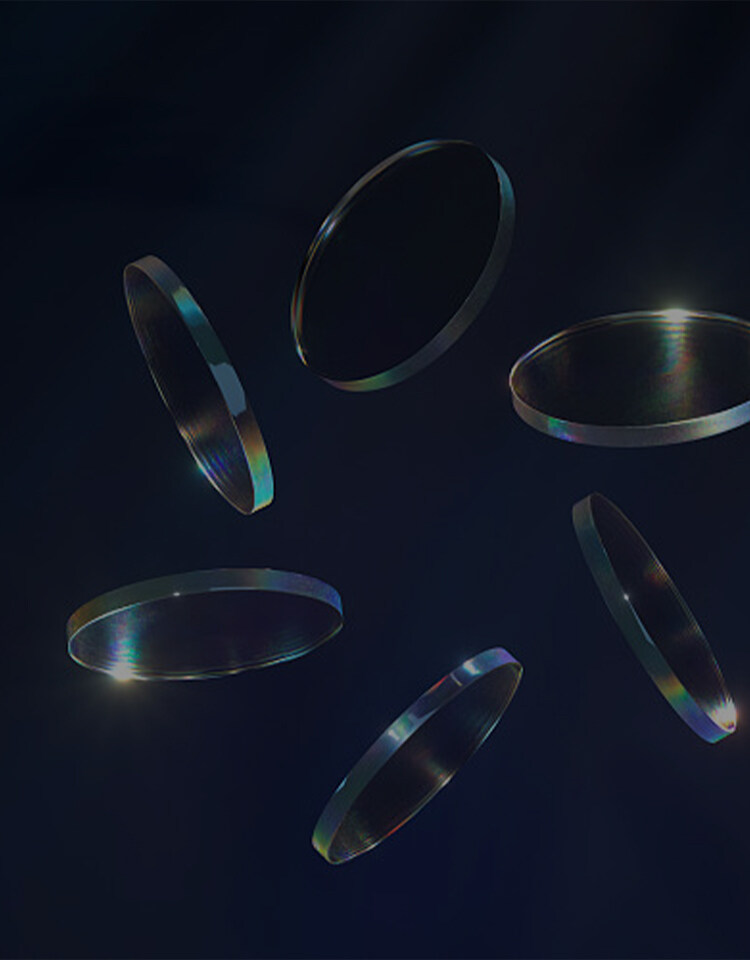Email format error
Email cannot be empty
Email already exists
6-20 characters(letters plus numbers only)
The password is inconsistent
Email format error
Email cannot be empty
Email does not exist
6-20 characters(letters plus numbers only)
The password is inconsistent


What is a low-pass filter used in a digital camera?
As we know, optical low-pass filters are common on most digital cameras but have only recently become a focus for mainstream users.
The current photosensitive arrangement of digital cameras is a regular lattice, so it is very easy to produce a moire pattern and false color within a certain pixel density range, which is resonance or resonance between the light ingested by the sensor. To avoid such Moorish lines and false colors, modern camera manufacturers generally adopt The low-pass filter to deal with it.

What is an optical low-pass filter?
Low-pass filters, also known as "anti-aliasing" filters or "blur filters," are filters used by camera manufacturers to combat rippling effects in photos. When scenes contain closely spaced repeating patterns that cause Moire stripes, camera manufacturers address this phenomenon by limiting the amount of light allowed into the camera, thereby reducing the amount of detail recorded in the final photograph.
What is a low-pass filter used in a digital camera?
One of the potential problems with digital photography is the Moorish stripe which you have probably noticed at times in photos but also in real life. It is caused by the refraction of light passing through two almost similar “grids” or other regular patterns and they create an interference pattern.
The solution to the Moorish stripe is to put a filter in front of the sensor that just slightly blurs the image, allowing the pixels to detect the pattern correctly without the aliasing.
Unlike infrared filters, low-pass filters act on high-frequency spatial information, while infrared filters remove spectral information. Simply put, A low-pass filter is a filter placed in front of the photosensitive element of the camera. By filtering out high-frequency light, the image frequency entering the sensory element is less than the spatial frequency of the pixel of the sensory element, which can effectively inhibit the mole pattern.
in addition, A low-pass filter allows low-frequency light to enter the camera while limiting the amount of high-frequency light allowed in. The reduced image detail of a low-pass filter is great for fighting moorings caused by man-made materials and objects, but not great for photographing landscapes and nature where moorings rarely appear.
Applications of Optical low-pass filter

These filters aren't just for photography, and they're not just relevant to digital cameras -they're much broader.
They exist in many different forms, including electronic circuits-Inductance prevents high-frequency signals from passing and allows low-frequency signals to pass through, while the characteristics of capacitors are the opposite. A filter that can pass a signal through an inductor, or a filter that is connected to the ground through a capacitor, has less attenuation for low-frequency signals than high-frequency signals and is called a low-pass filter.
Unlike Optical Band Passes Filter, a low-pass filter provides a smoother signal form by eliminating various fluctuations and irregularities. This applies to all forms of signal, as well as pixels. while the Optical Band Passes Filter allows signals in a specific frequency band to pass through while blocking both lower and higher Because of its selectivity to signals, it is also widely used in electronic design.
We are one of the best optical lens companies in china. We manufacture different types of optical filters. If you want to know more information about our optical filter products, you can view our product list of optical filters.

